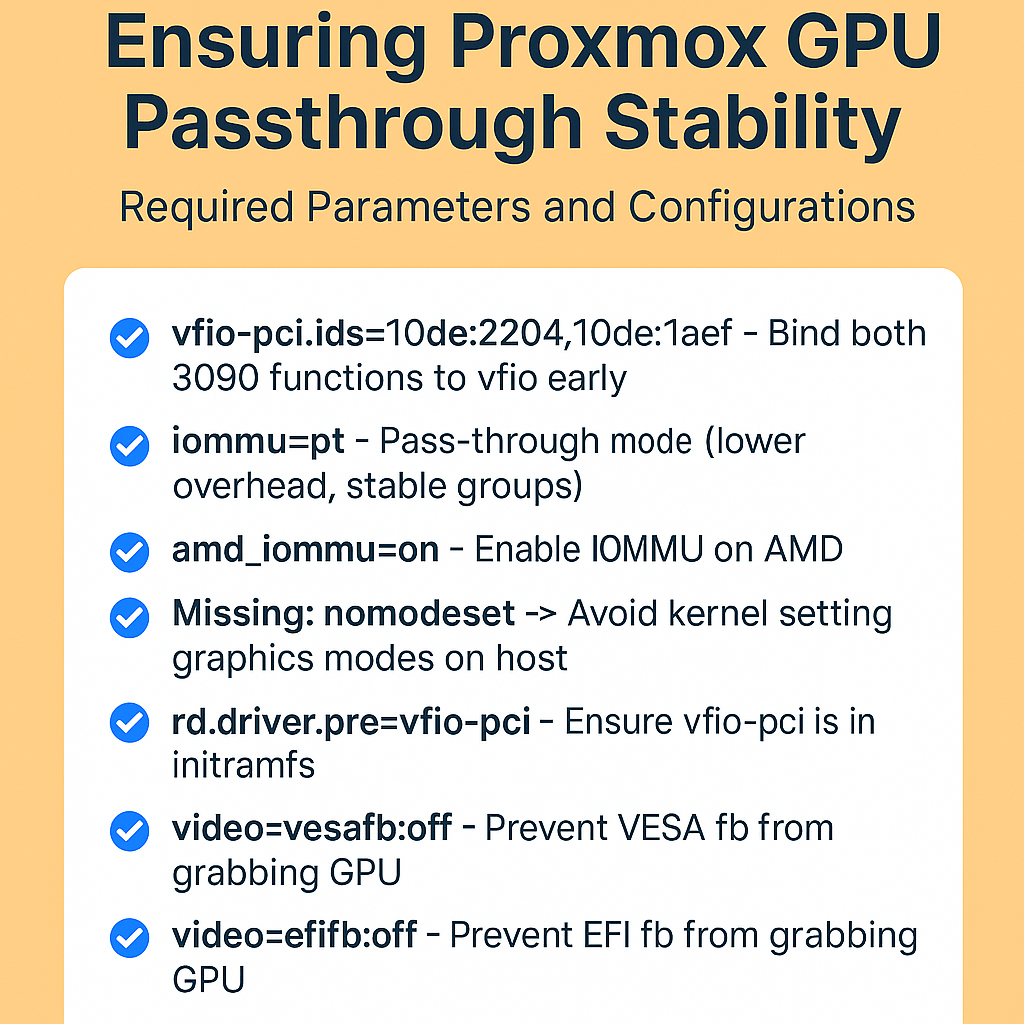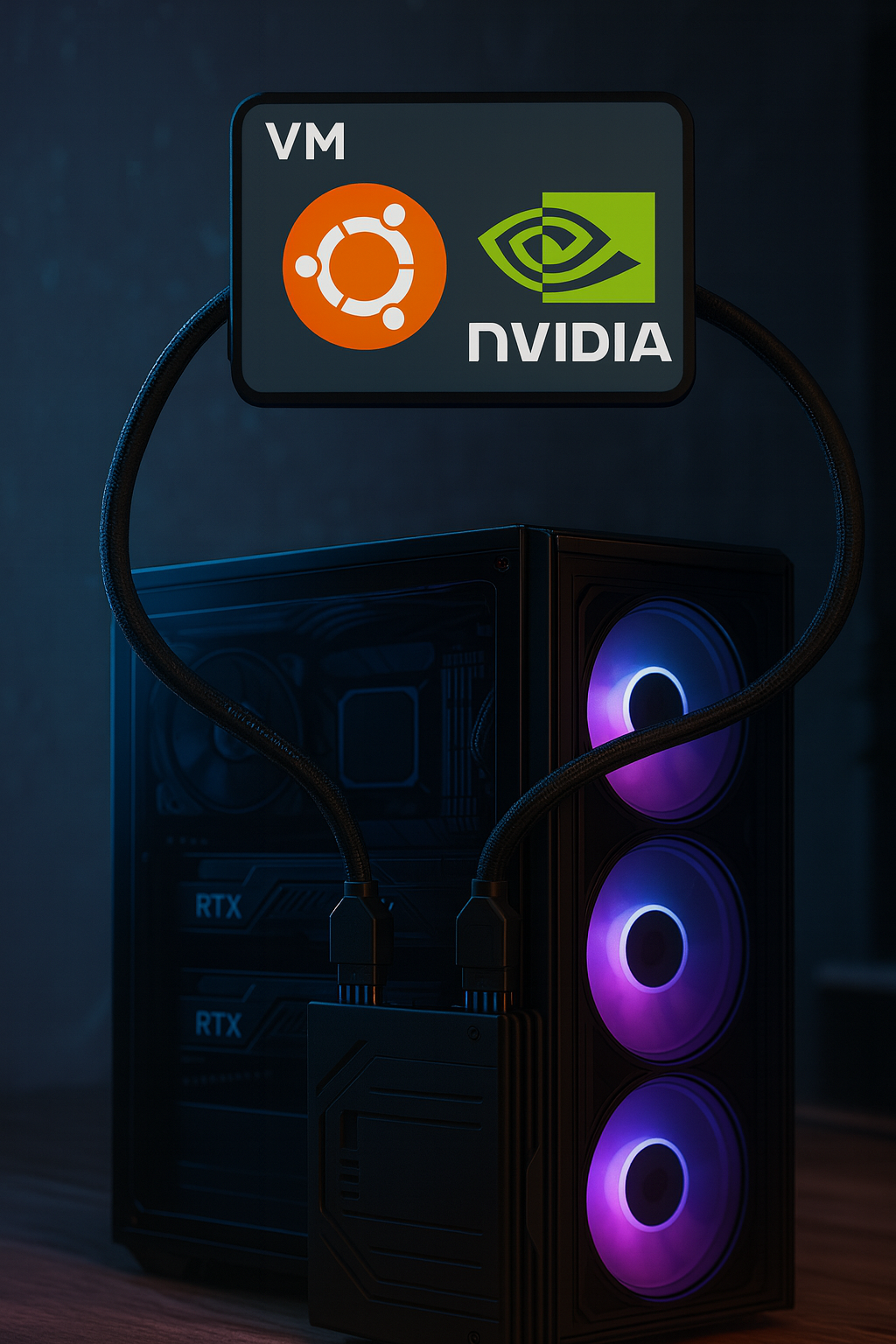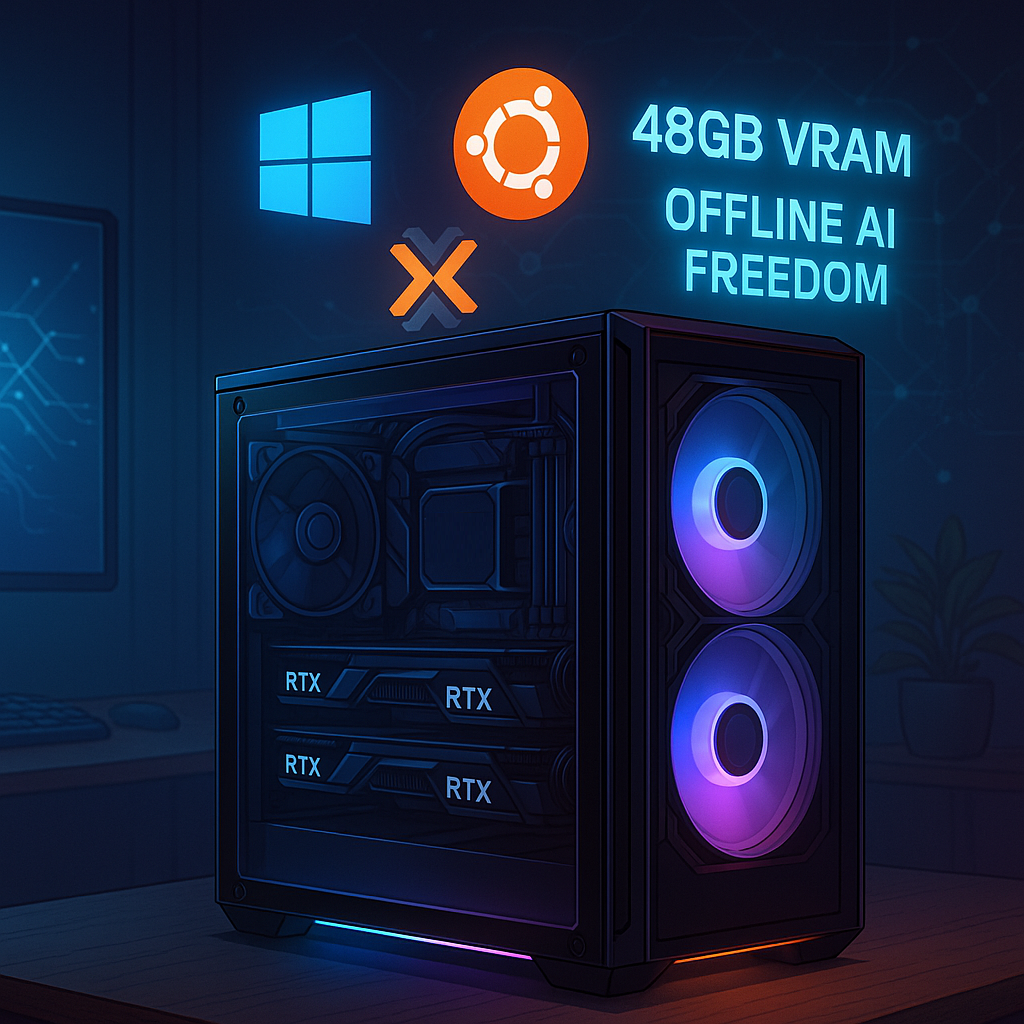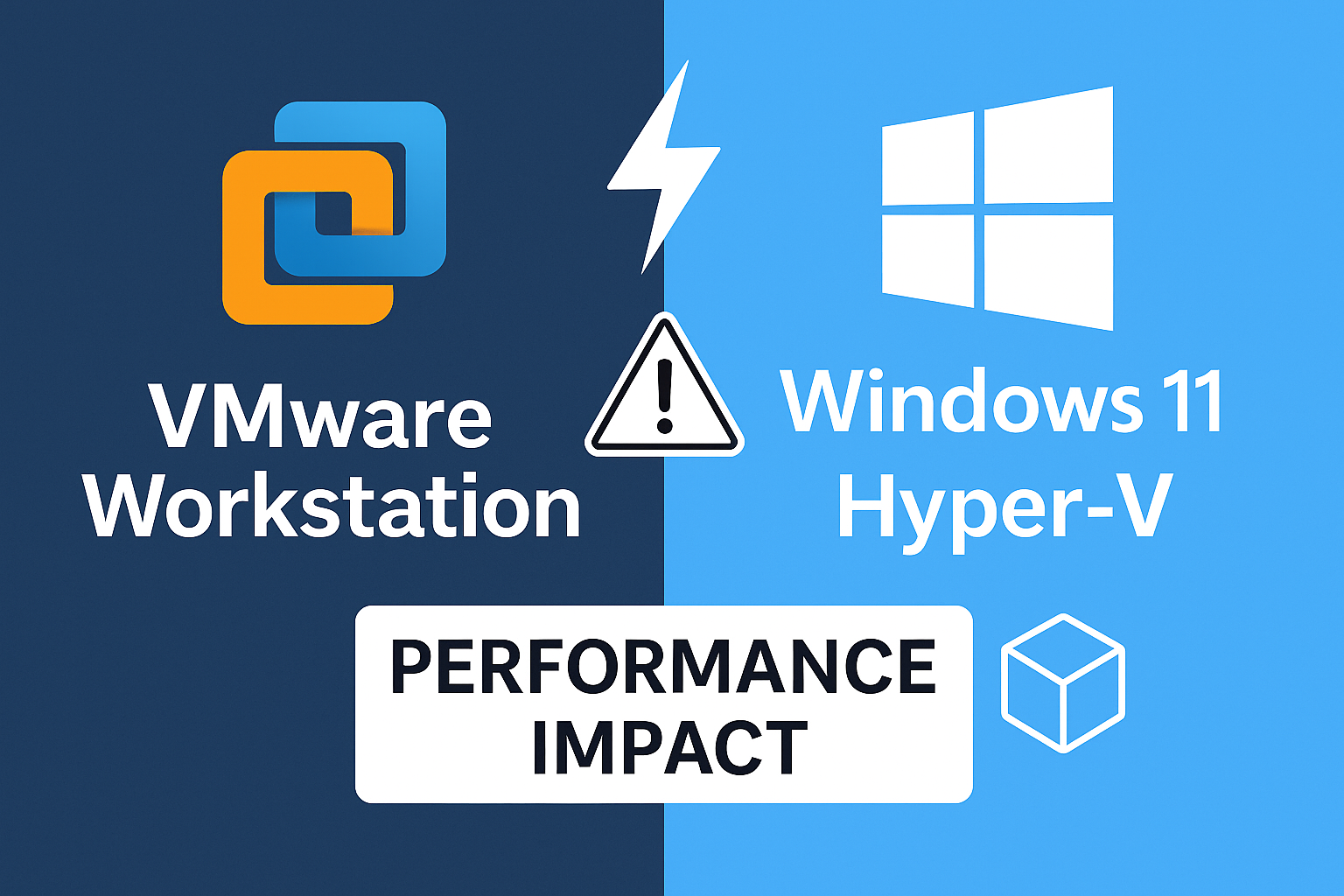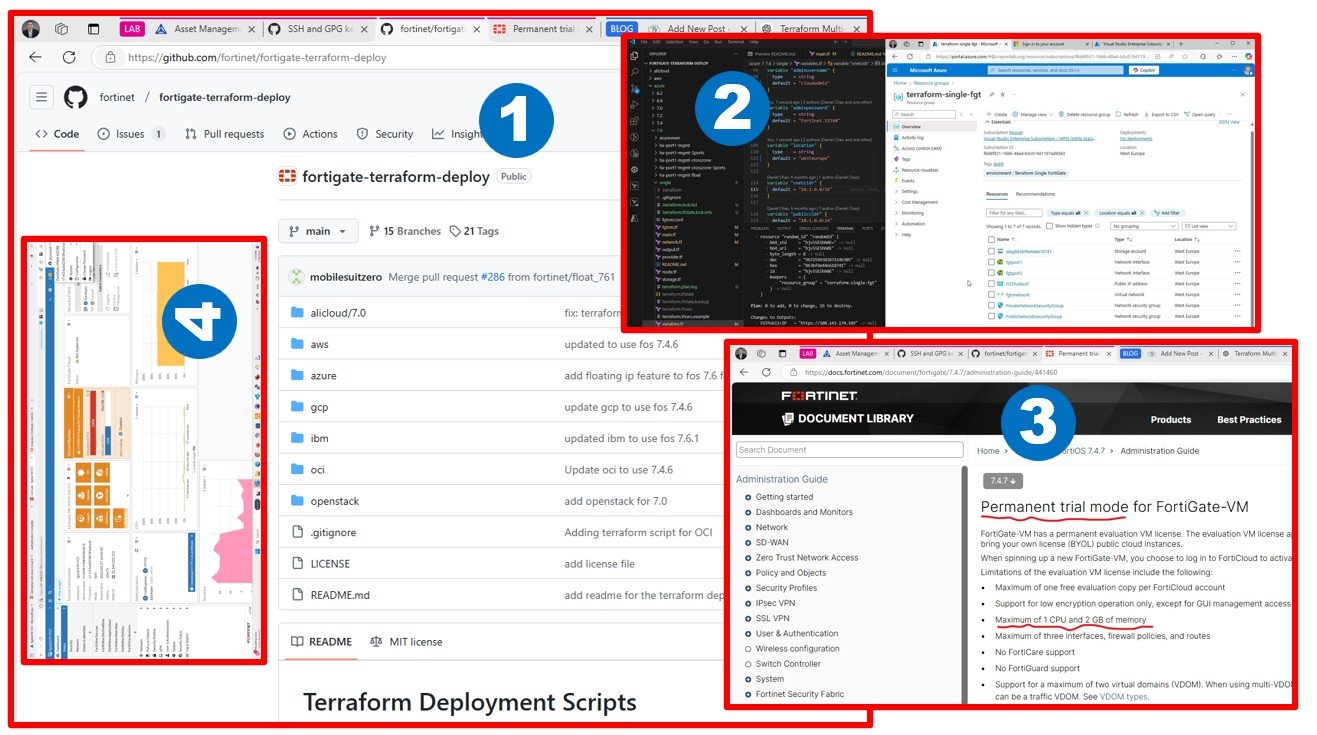VMware is not just a legacy source system with VMs to modernize, it is about understanding how a complex on-premises solution including cloud-native workloads (Tanzu) potentially lands in public cloud(s).
VMware Cloud Migration is about understanding how to map workloads. You need to deal with technologies such as networking, identity management, virtual machines, containers, microservices, serverless functions, and immutable infrastructure potentially hosted and running on the on-premises VMware stack.
I start by discussing basic and most common stuff moving VMs to the public cloud (lift and shift). Later in this blog, we go deep-dive and understand each potential on-premises used VMware-based workload and their potential future in the public cloud. Think about a well-established enterprise customer on almost 2 decades of VMware evolution. You will find DR (What is Site Recovery Manager | Disaster Recovery Software | VMware), VDI (What is VMware Horizon? | VDI Software | VMware), and many other great solutions from VMware. How to integrate VMware native workloads after migration with cloud-native workloads?
Just to give you an example, if there is a large VMware deployment consisting of Horizon with on-premises VMware Connection Brokers, what we are going to do with such in the public cloud? We can change the WAN IP address of the Connection Broker or modernize with Introduction to VMware Horizon Service Universal Broker and leverage services like VMware Horizon Cloud – Azure Virtual Desktop | Microsoft Azure.
I already spent a year researching Azure VMware Solution; I have seen that VMware has training for landing in AWS and HCX topic is involved in that training. Google VMware Engine is another big bet. Oracle, IBM, and Alibaba all offer VMware landing zones. What makes them unique? Is this the same ~3 node hyper-converged vSphere just like the on-premises? Any price point (average 3 node cluster in cloud is around ~24K/mo)? How well do they integrate with cloud-native workloads? This is my ultimate favorite topic, stay tuned!
Some of the potential VMware landing zones in the public cloud with links and useful introduction videos
VMware Cloud on AWS (amazon.com)
Azure VMware Solution | Microsoft Azure
VMware Cloud Solutions – Oracle
IBM Cloud for VMware Solutions | IBM
VMware-Based Cloud Technology Now Available on AlibabaCloud | Alibaba Cloud Press Room
Sources for the heading banner (featured image):

